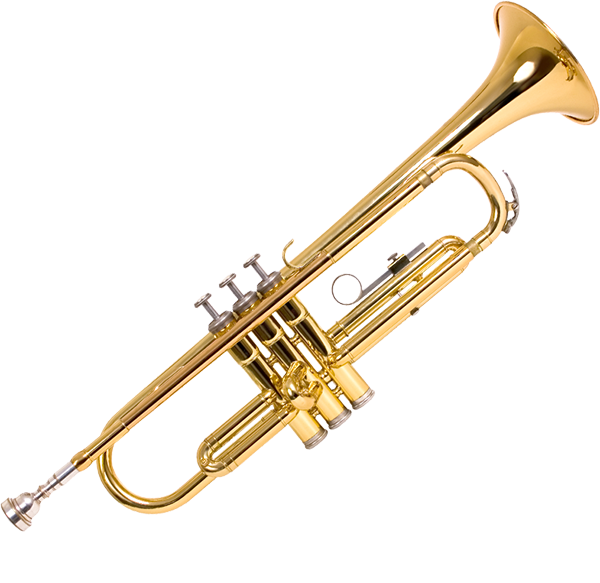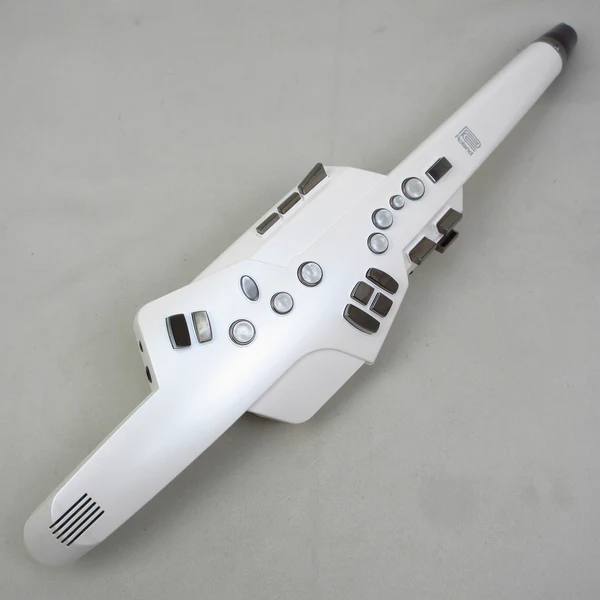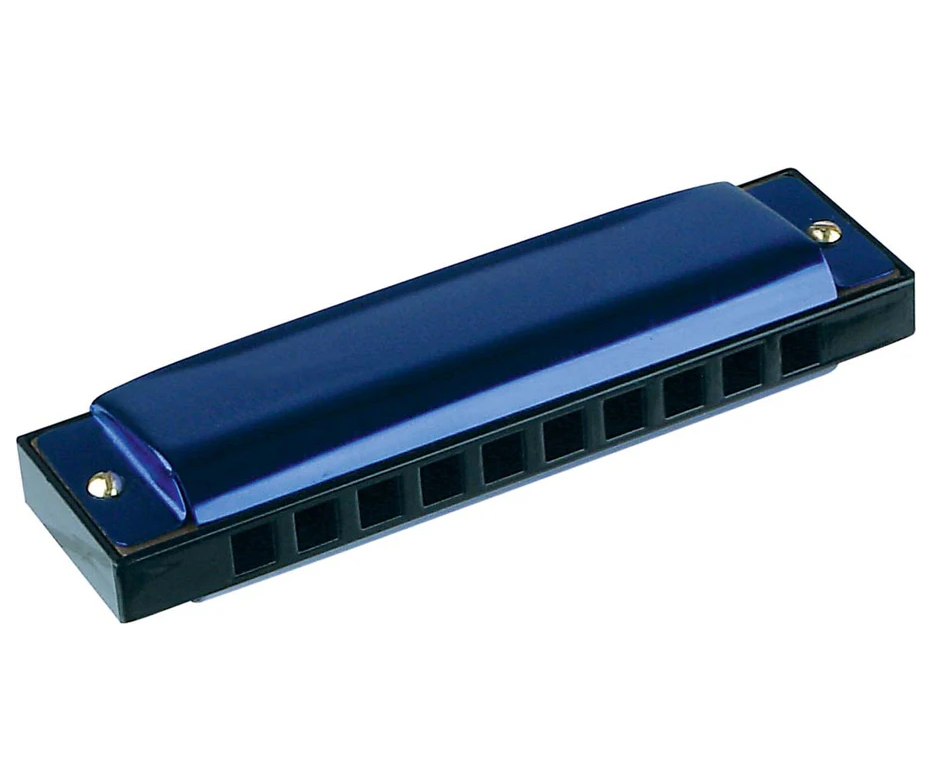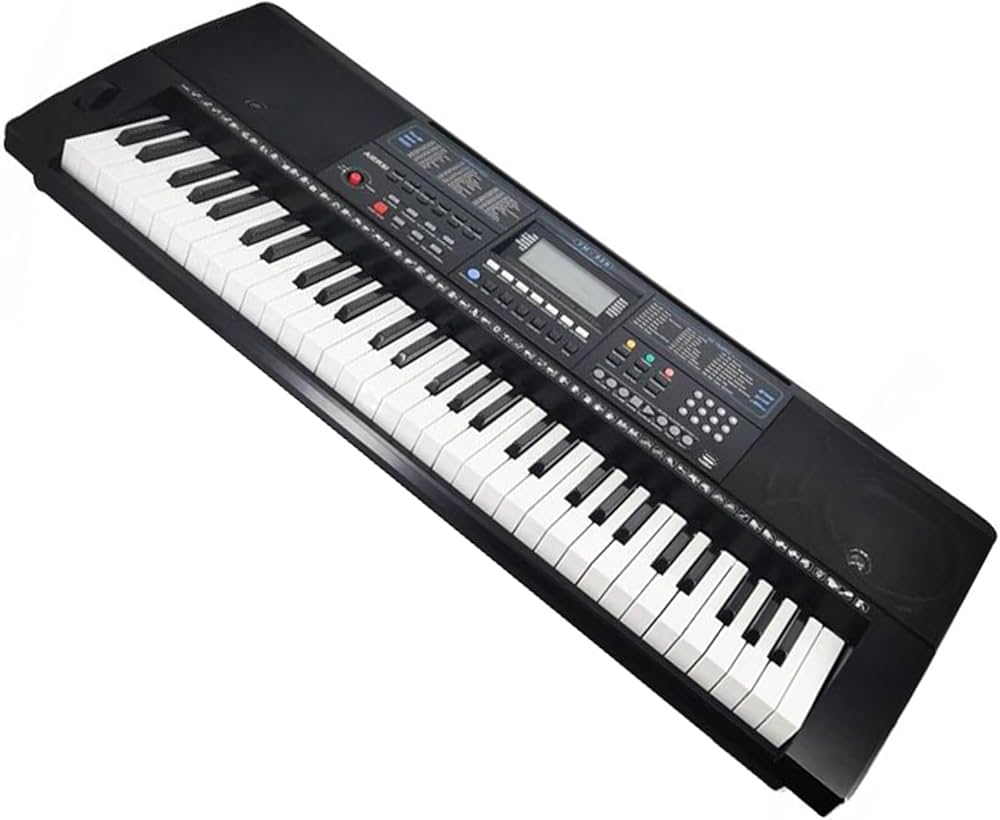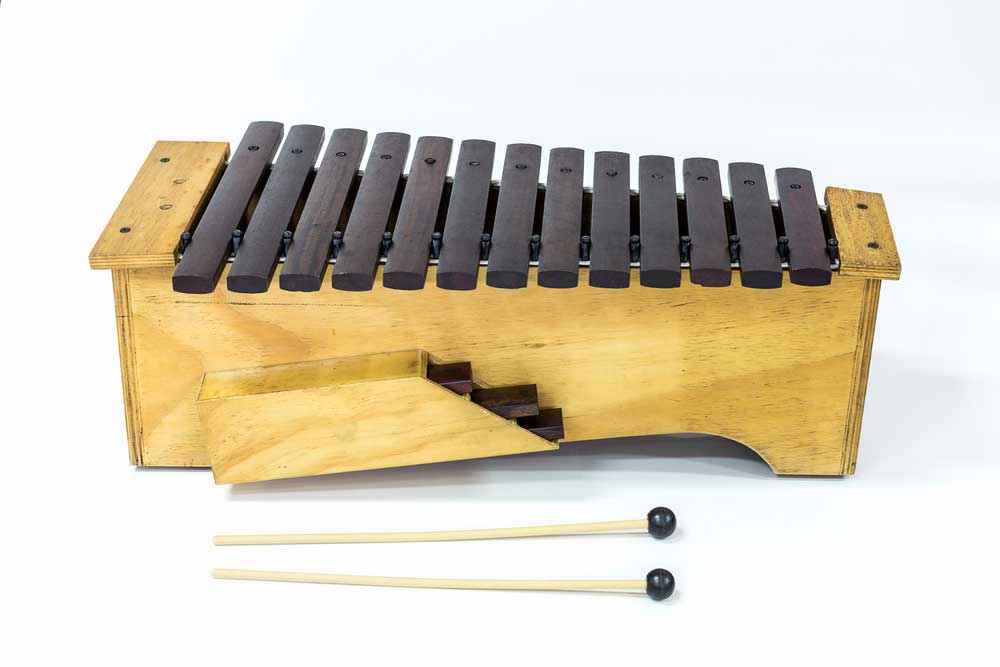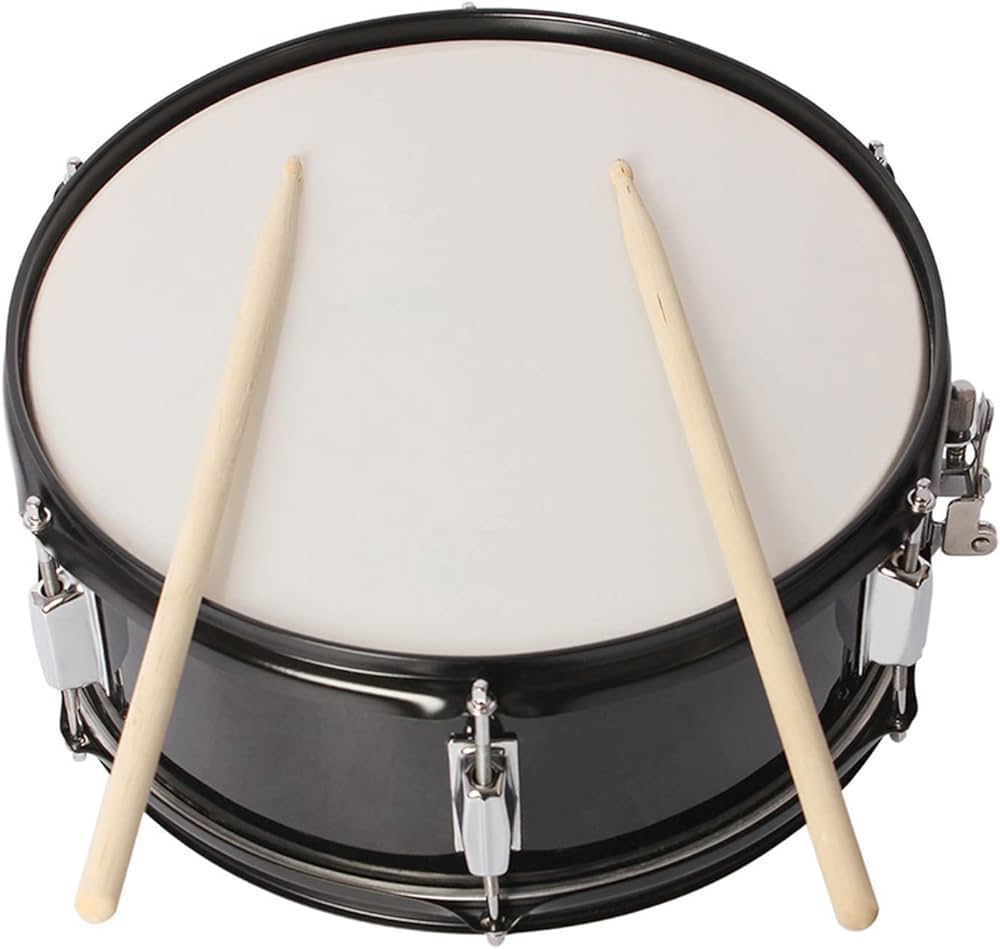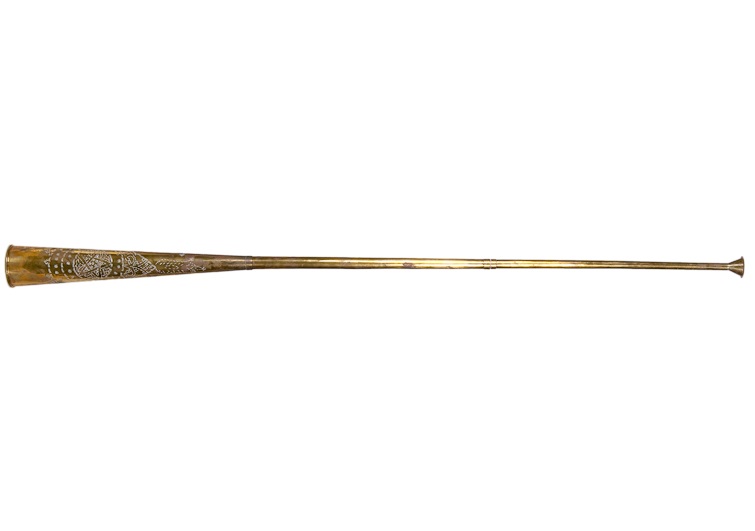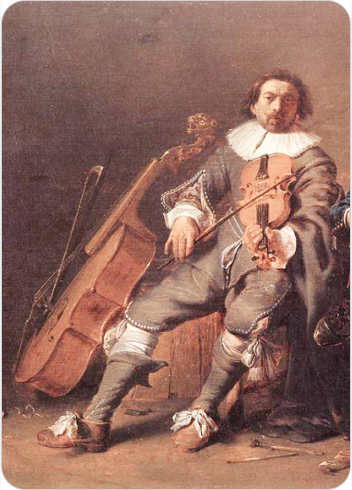Kakaki
Brass Winds
Africa
Between 1001 and 1900 AD
Video
The Kakaki is a traditional African musical instrument renowned for its dramatic length and distinct sound. It is a long metal trumpet, typically measuring between three to five meters, though some variations can extend up to ten meters. The instrument is primarily associated with ceremonial and royal functions, particularly in West African countries such as Nigeria, Chad, Burkina Faso, Niger, and Cameroon. Its design and sound are deeply symbolic, signifying power, authority, and prestige. The Kakaki is exclusively played by men and is reserved for special occasions like royal processions, coronations, and other significant cultural events. Its booming sound can carry over long distances, making it an effective tool for announcing the presence of royalty or marking important moments in traditional ceremonies.
Type of Instrument
The Kakaki belongs to the aerophone family of musical instruments. Aerophones produce sound primarily through the vibration of air without the use of strings or membranes. As a long metal trumpet, the Kakaki is classified as a brass instrument despite its construction often involving non-brass metals. Its end-blown design requires skillful breath control and technique to produce its characteristic resonant tones. The Kakaki’s role extends beyond music; it serves as a medium of communication in some cultures, where its pitches and rhythms mimic speech patterns to convey messages or praise.
History of the Kakaki
The origins of the Kakaki trace back to ancient Africa, with its use documented among the Songhai Empire’s cavalry. Over time, it became integral to the Hausa culture in West Africa, spreading to neighboring ethnic groups such as the Yoruba and Nupe. The instrument’s association with royalty emerged during this period, as it was used to announce kings’ arrivals or signal important events in palaces.
The Kakaki’s historical significance spans several African countries. In addition to its prominence in Nigeria and Niger, it is also found in Ghana, Burkina Faso, Chad, Ethiopia, Eritrea, and Sudan. In Ethiopia and Eritrea, it is known as malakat or mäläkät. The instrument’s adoption across diverse regions highlights its cultural importance and adaptability. The Kakaki gained prominence during the medieval period when empires like Songhai flourished (15th–16th centuries). Its spread continued into the 19th century with the expansion of Hausa influence across West Africa. Today, it remains a vital symbol of tradition in many African societies. The Kakaki’s construction reflects its ceremonial purpose and aesthetic appeal. It is typically made from metal—often brass or other durable alloys—ensuring its longevity and ability to produce loud, resonant sounds. The instrument consists of a long cylindrical tube that tapers into a flared bell at one end. This design amplifies its sound while adding visual grandeur.
The length of the Kakaki varies significantly depending on regional preferences or specific ceremonial requirements. Common lengths range from three to five meters; however, some versions can extend up to ten meters. Creating a Kakaki requires skilled craftsmanship. Artisans carefully shape the metal tube to achieve the desired length and diameter while ensuring smooth airflow for optimal sound production. The flared bell is often polished or decorated to enhance its appearance during performances.
Types of Kakaki
While the basic design of the Kakaki remains consistent across regions, slight variations exist based on cultural preferences or functional requirements:
Standard Kakaki: Found predominantly in Hausa communities; used for royal ceremonies.
Extended-Length Variants: Longer versions used for grander occasions or larger venues.
Regional Names: In Ethiopia and Eritrea, similar instruments are referred to as malakat or mäläkät, reflecting local linguistic influences.
Characteristics of the Kakaki
The Kakaki produces a deep, booming sound that resonates over long distances. Its tonal quality is both commanding and melodic, making it ideal for ceremonial use. The instrument’s pitch can be modulated by varying breath pressure or altering finger placement on specific openings (if present). Beyond its musical attributes, the Kakaki is steeped in symbolism. It represents power, authority, and reverence for tradition. In many cultures, hearing the Kakaki signals the presence of royalty or marks an important event. The Kakaki is traditionally played only by men due to cultural norms emphasizing its association with masculinity and authority. Furthermore, only skilled players are entrusted with performing on this instrument during significant events.
Playing Techniques and Sound Modifications
The kakaki is a long metal trumpet, typically between two and four meters in length, and its playing technique is deeply rooted in traditional practices. The instrument is end-blown, requiring significant lung power to produce its resonant and booming sound. Players use controlled breathing techniques to sustain long notes, which are often alternated with rhythmic patterns that mimic speech. This imitation of speech allows the kakaki to “speak” in a musical language, often used to convey messages or praises to royalty. The sound of the kakaki is unique and piercing, capable of traveling long distances. While the instrument itself has limited pitch variation due to its design, players achieve sound modifications through embouchure control and breath intensity. These techniques allow for subtle variations in tone and volume, adding expressiveness to performances. The kakaki is typically played in ensembles, where multiple instruments harmonize or respond to each other, creating a rich and layered auditory experience.
Applications in Music
The kakaki holds a significant role in ceremonial and traditional music across West Africa, particularly in countries such as Nigeria, Chad, Burkina Faso, Ghana, and Cameroon. It is predominantly used in Hausa, Yoruba, and Nupe cultural music. The instrument’s primary function is ceremonial, often performed at royal courts during events that emphasize power and authority. For example, it is played during the sara, a weekly statement of royal power in Hausa societies.
In addition to royal ceremonies, the kakaki is used to mark important occasions such as weddings, coronations, and public festivals. It serves as an auditory symbol of prestige and grandeur, often accompanied by cylindrical ganga drums or the algaita (a type of oboe). The kakaki’s booming sound announces the presence of emirs, sultans, or kings at events and is also used to greet them formally. In some instances, the instrument’s performance includes alternating soloist and ensemble parts that intone praises or narrate historical accounts.
Most Influential Players
The kakaki is traditionally played exclusively by men due to its association with royalty and authority. While individual players are rarely highlighted outside their cultural context, they are highly respected within their communities for their mastery of this demanding instrument. One notable figure is Bawoulo Boussa Abbaye, who emphasized that playing the kakaki is not merely about producing music but also about communicating with royalty through a distinct musical language. Players are often chosen based on their skill and dedication to preserving the cultural heritage associated with the kakaki. These musicians are integral to royal courts and are sometimes part of hereditary guilds responsible for maintaining ceremonial music traditions.
Maintenance and Care
The kakaki’s construction from metal makes it durable but also requires specific care to maintain its functionality and appearance. Regular cleaning is essential to prevent rust or corrosion, especially given the humid climates of many regions where it is played. Musicians typically clean the interior of the trumpet with soft brushes or cloths to remove moisture and debris that can accumulate during performances. The exterior surface may be polished periodically to preserve its shine and prevent tarnishing. When not in use, the kakaki is stored in a dry environment to avoid exposure to elements that could damage it over time. Some instruments are designed to be disassembled into smaller parts for easier transportation; these parts must be carefully reassembled before each performance to ensure proper sound production.
Cultural Significance
The kakaki is more than just a musical instrument; it is a potent symbol of power, authority, and tradition in West African cultures. Its association with royalty dates back centuries when it was used by Songhai cavalry as a signal instrument before being adopted by Hausa states as a marker of military strength. Today, it remains an emblem of aristocratic status among Hausa emirs and Fulani leaders. In many cultures where the kakaki is played, its sound signifies respect and reverence for authority figures. The instrument’s performance often includes elements of storytelling or praise-singing that highlight the achievements or lineage of those being honored. Beyond its ceremonial role, the kakaki also serves as a medium for preserving oral history and cultural identity.
Interestingly, variations of the kakaki exist in other African regions under different names. For instance, it is known as malakat or mäläkät in Ethiopia and Eritrea. Despite these regional differences, the instrument’s core function as a symbol of authority remains consistent across cultures.
In conclusion, the kakaki embodies a rich blend of musical artistry and cultural heritage. Its distinctive sound continues to resonate at royal courts and public ceremonies across West Africa, serving as both an auditory spectacle and a vessel for tradition.
FAQ
What is the Kakaki and what materials are used to make it?
The Kakaki is a long metal trumpet, traditionally made from brass or other metals. It is used in West African royal and ceremonial music, especially by the Hausa people. The instrument can be up to three meters long, producing a deep, resonant sound. It symbolizes authority and is played during official events and festivals.
What are the main uses and cultural significance of the Kakaki?
The Kakaki is primarily used in royal courts and ceremonial occasions, such as coronations and processions. It serves as a symbol of power and prestige, often played in ensembles with drums. The instrument is deeply rooted in Hausa and other West African cultures. It is rarely used for entertainment, emphasizing its role in formal and ritual contexts.
How does the Kakaki produce sound, and what are its key characteristics?
The Kakaki is a lip-reed aerophone, producing sound through the vibration of the player’s lips. It has no valves or finger holes, meaning pitch variations are controlled by embouchure and breath control. Its long tube amplifies sound, creating a powerful, trumpet-like tone. The instrument’s deep and commanding sound reinforces its role in royal and military settings.
 Links
Links
References
Other Instrument
Categories

